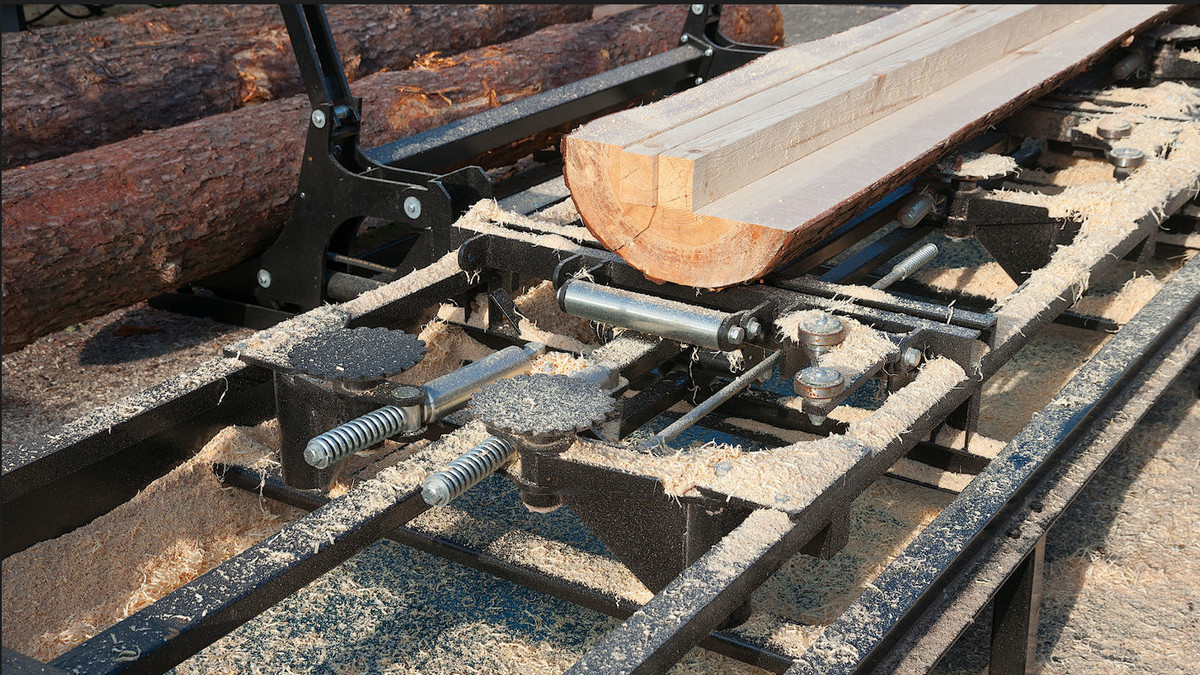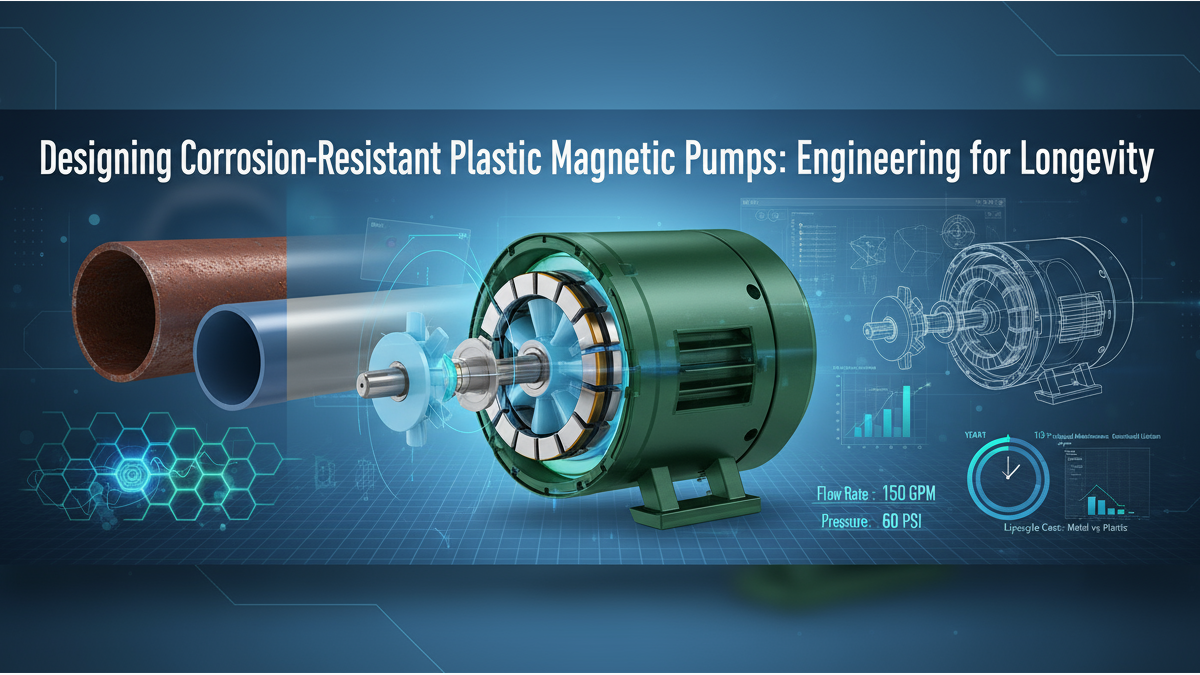Woodworking machine, as the name suggests, is the mechanical equipment used in wood processing. It is a variety of cutting and processing equipment used in the process of sawing logs and processing them into wood products, and furniture machinery is an important part of woodworking machinery. Woodworking machines are the same as machine tools, and can be divided into milling machines, lathes, planers, drilling, rotary cutting, sanding, etc. according to different processing methods. However, do you understand the safety and use of woodworking machinery? Check out the following.
Woodworking machinery can be roughly divided into three categories: woodworking machinery, joinery machinery and auxiliary machinery according to the processing nature of the machinery and the types of tools used.
Timber-making machinery includes: band saw, circular saw, frame saw, etc.
Joinery machinery includes: cutting machine, milling machine, tenoning machine, drilling machine, tenon and groove machine, lathe, polishing machine, etc.
Auxiliary machinery includes: saw blade toothing machine, saw blade welding machine, saw blade rolling machine, pressing machine, filing saw machine, sharpening machine, etc. A wound bed with a saw machine is commonly used in construction sites.
Classification and Characteristics of Sawing Machines
1. Band saw machine
The band saw machine is a machine that wraps the band saw blade around the saw wheel to make it rotate and cut wood. The cutting motion of its saw blade is continuous in one direction, and the cutting speed is faster; it can saw more large-diameter round logs or extra-large square logs, and the sawing quality is good; it can also be sawed with a single saw and sawed under a reasonable view of the wood, so the rate of wood production is high and the yield rate is high. At the same time, the saw blade is thinner and the saw path loss is less. Therefore, most lumber workshops use band saw machine lumber.
2. Circular sawing machine
The circular sawing machine has a simple structure, easy installation, convenient use, high efficiency, and a wide range of applications. However, its sawing road height is small, the sawing road width is large, the yield is low, and the sawing quality is poor. It is mainly composed of frame, worktable, saw shaft, cutting blade, guide rule, transmission mechanism and safety device.
Classification and Characteristics of Woodworking Bed
Woodworking machines are used for flat processing of squares or boards, and sometimes for forming surfaces. After the workpiece is processed by the wound bed, not only the precise size and the required cross-sectional shape can be obtained, but also a smoother surface can be obtained. According to different process uses, woodworking wound beds can be divided into flat wound, pressure wound, double-sided wound, three-sided wound, four-sided wound and scraper and other forms
Use of Woodworking Machinery
Commonly used woodworking machines on construction sites are circular saws and plane cutters. Two technical points for safe use of machinery are described below.
1. Operating conditions and usage points of the circular saw
a) The equipment itself should be controlled by a button switch, and the distance between the gate and the equipment should not be more than 3m, so that in the event of a fault, the power supply can be cut off quickly without continuous broken teeth or cracks.
b) The saw blade must be flat and sturdy, with sharp teeth and proper sawing path, and no cracked saw blade should be used.
c) Safety guards should be complete and effective. The thickness of the feeder is moderate and the position is appropriate, so that there is no clip saw when sawing long materials; the position of the saw disc guard should be fixed above the saw disc, and should not be rotated freely during use; the table should be provided with a protective baffle to prevent broken materials in case of knots and nails springing back to hurt people; protective cover must be set up in the transmission part.
d) After the saw disc is rotated, the wood should be sawed when the speed is normal. The thickness of the material to be sawed is limited to the edge of the pressure plate that does not touch the fixed saw disc.
e) When the wood is close to the end, the material should be pulled by the bottom hand, and do not push directly with the upper hand. When pushing, use the short board to hold the material to prevent the sawing from being pushed empty.
f) When the wood is long, require two people to work together. During operation, you must wait for the wood to exceed 20cm of the saw blade before receiving the material. Do not yank after receiving the material, it should be matched with the feeding. When the material needs to be returned, the wood should be completely removed from the saw blade and then returned to the operation. It should not be too fast to prevent the wood from touching the saw blade.
g) When cutting the wood and sawing the short material, use the push rod, and it is not allowed to directly feed the material by hand, and the feeding speed should not be too fast. The starting hook must be used to catch the material. Short wood with a length of less than 50cm is not allowed to be sawed.
h) When it is necessary to replace the saw disc and inspect and maintain, the power must be turned off, and the work starts after the rotation is completely stopped.
i) The blanking materials should be stacked neatly, and the sawdust on the table and within the working range should be removed in time, and do not wipe the table directly with hands.
2. Working conditions and usage
a) It should be clearly stipulated that, except for professional carpenters, other workers are not allowed to operate.
b) It should be checked whether the installation of the knife meets the requirements, including the degree of tightening of the blade, the angle of the knife, the height of the knife edge, etc. The thickness and weight of the blade should be uniform, the tool holder and the splint must be flat and tight, and the screw for fastening the blade should be embedded in the groove of not less than 10mm.
c) The equipment should be equipped with a button switch, but not a lever switch to prevent accidental startup. The distance between the gate box and the equipment is not more than 3m, so that the power can be cut off quickly when a fault occurs.
d) Before use, it should run idly, and the operation can only be carried out when the rotation speed is normal and there is no fault. When working on the material, you should use tools when pressing the material with both hands, do not press the material directly with your hands, so as to prevent the wood from moving and pressing the empty hand and causing an accident.
e) When working on the small surface of the wood, press the hand on the upper half of the wood, and when passing through the wound, use light force to prevent the hand from pressing the wound and hurting the hand when the wood is tilted.
f) The wood shorter than 20cm shall not use with machinery. The wood with a length of more than 2m should be operated by two people.
g) Before working, carefully check the wood, and remove iron nails, mortar and other objects first, and slow down the advancing speed appropriately when encountering wood knots and back stubble.
h) When the wound needs to be adjusted and inspected and repaired, the brake must be turned off to cut off the power supply, and the operation must be carried out after the rotation is completely stopped.
i) Do not wipe the wood dust on the table directly, and the surrounding wood dust should be removed in time.
j) For the use of level invasive, sensitive and reliable safety protection devices must be installed. At present, the protective devices used in different places are different, but no matter what form they are, they must be sensitive and reliable, and it has been confirmed by tests that they can indeed play a protective role.
k) After the protective device is installed, it must be managed by a specific person. It cannot be dismantled for various reasons. When a fault occurs, the machine cannot continue to be used. It can only be reused after the device has passed the maintenance test.









.png)




